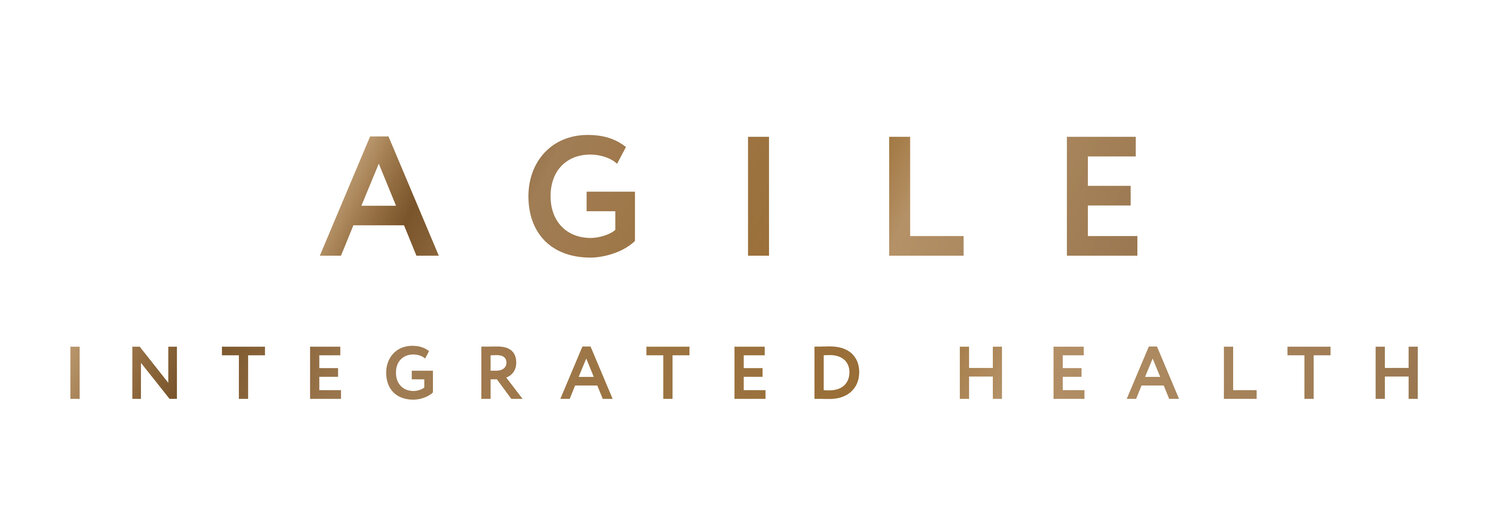Running for beginners
Running is a great way to loose weight, increase your aerobic fitness and generally tone your body. It is a high impact sport and with the constant pounding and repetitive nature of the sport, injuries like shin splints, patella pain and ITB friction syndrome can be caused or irritated. There are many things you can do to protect yourself from injuries
Where to start:
When you first start training, start slowly. Add a little each week. This will allow your body to physiologically adapt over time and will reduce the risk of overtraining and injury.
Gradually increase your mileage
Gradually increase the speed
Gradually increase the amount of times you train per week
Clothing and footwear:
It is important to wear the correct clothing and footwear in order to get the best running time, and to reduce the risk of injury.
Make sure you have trainers that are shock absorbers – This will reduce the impact on your joints.
Wear socks which will prevent blisters – There is nothing worse than Blister Pain.
running shoes have a life span of around 400 miles – make sure you have another pair ready to go
Keeping up your energy:
It is vital to keep your energy sources full, in order to reduce injury. If you get your energy intake correct you will be able to run longer distances with a quicker recovery.
Gummy sweets are a good way to boost your energy during
Energy drinks are the most common way to get your energy, and help recovery
A balanced diet is key, making sure you are ready for each run
Preventing injury:
Warm up and cool down
Dynamically (moving) stretch before you run
Statically stretch after a run
Go for a sports massage to get those knots out and to loosen those muscles- a massage ever 3-4 weeks can maintain the flexibility of the muscles.
rest days to allow your muscles to recover- If you skip these you can actually decrease the power within your muscles!
Cross Training and Strength training are key to help with endurance and speed

